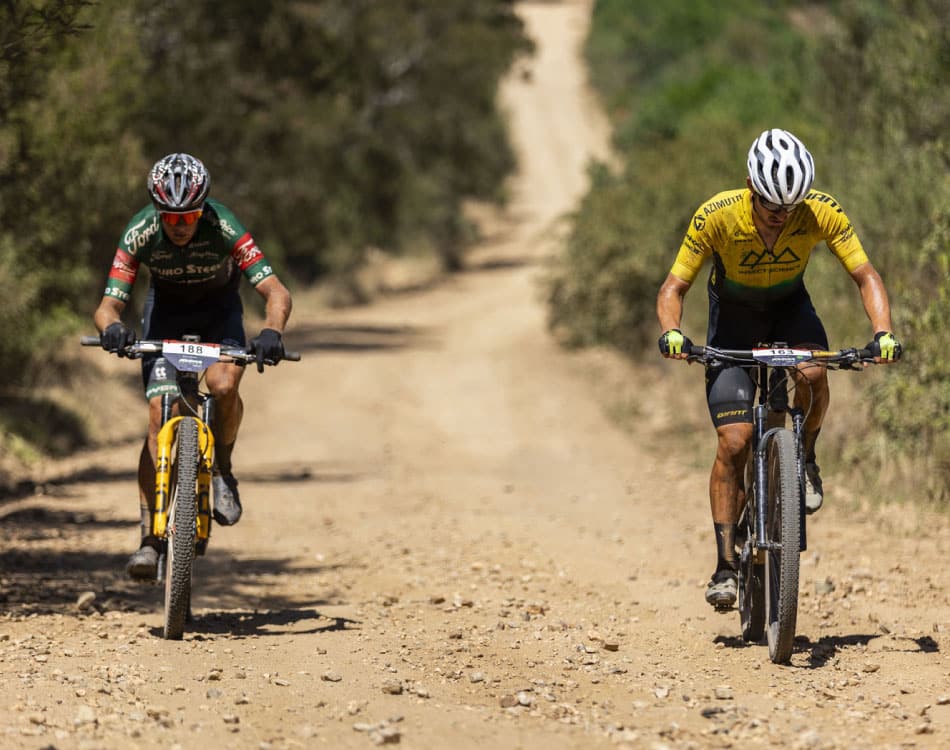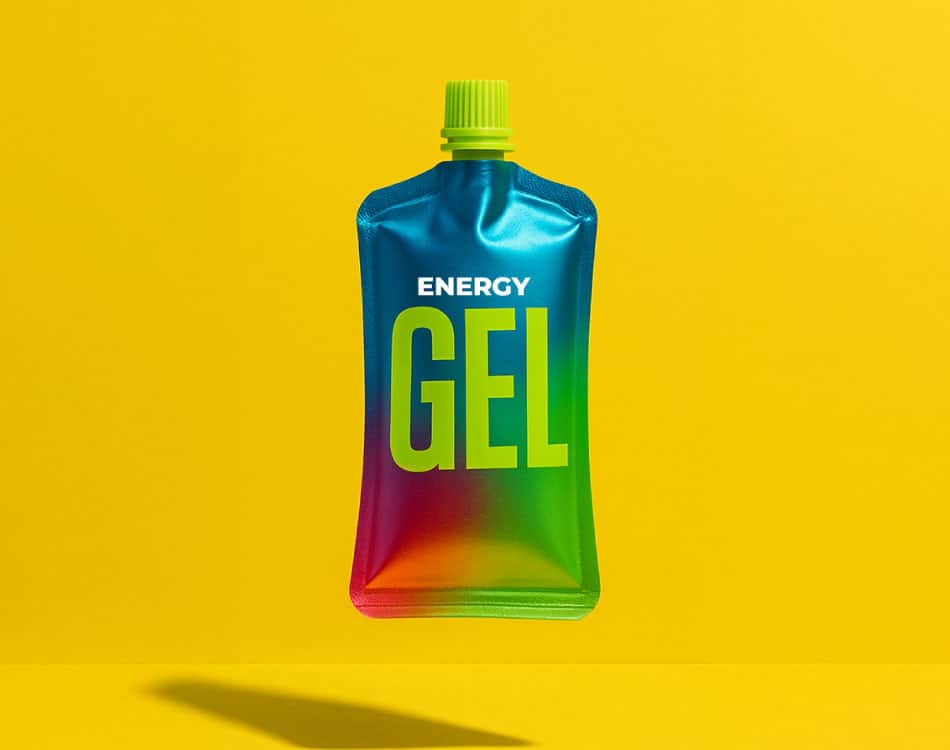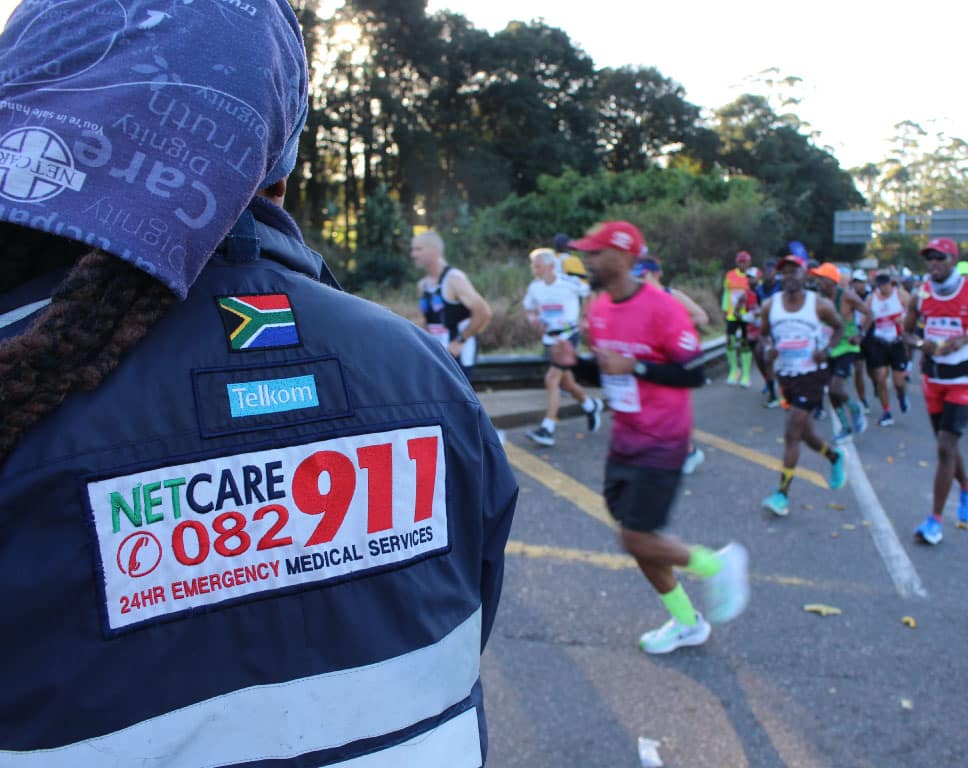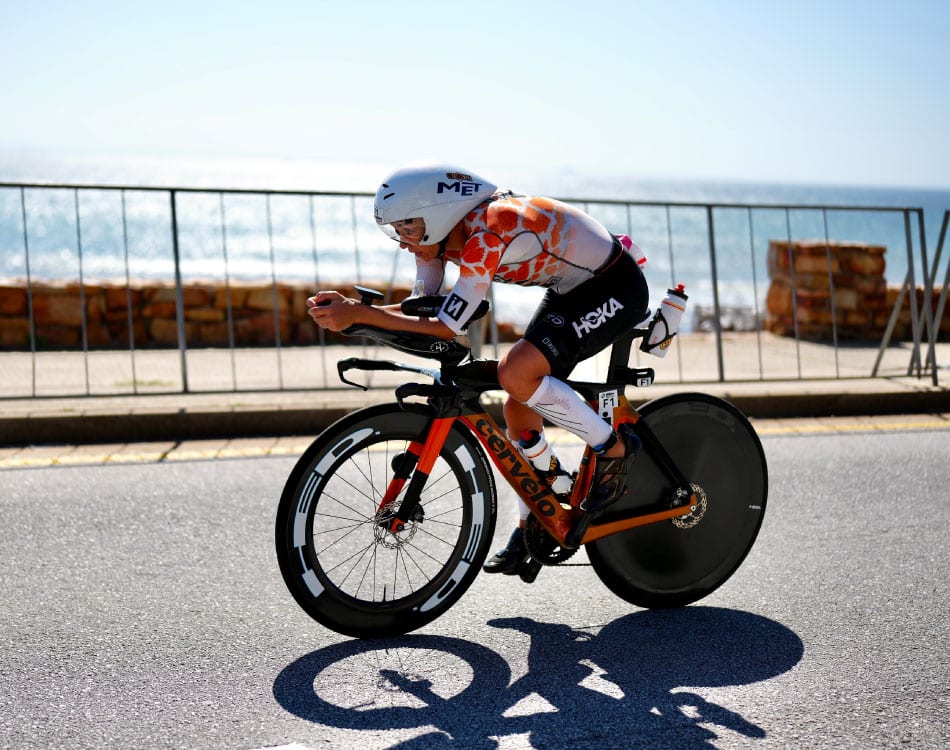Without a proper training taper, you risk undoing the months of dedicated training and meticulous preparation the Two Oceans ultra or half marathons in the final weeks before race day.
We often invest 3 to 6 months of dedicated training to achieve a new personal best on race day, but you will compromise your race-day performance by neglecting to taper in the lead up to the event.
READ MORE | Expert Tips To Nail Your #OMTOM Taper
Let your training sink in
Whether you’re running the challenging half marathon or the iconic 56km ultra marathon, getting the training taper wrong, or worse, not tapering at all, will likely yield a disappointing race-day performance.
The high volume training blocks and the high-intensity speed sessions were necessary to stimulate physiological adaptations in your body – the muscular, homrone (endocrine), cardiovascular and cardiorespiratory systems.
The rest and recovery during your training was just enough allow the body to respond to rebuild itself and become stronger and more resistant to fatigue than before. With training done, your body now requires an extended period of active recovery to ensure you arrive at the start line in peak condition.
An adequate taper allows your training to ‘sink in’ by giving your body the time to fully adapt to and recover from all the training and ensures your fitness and conditioning peak at the right time for the big race.
Without a proper taper, you’ll likely start the race with heavy legs and residual fatigue, which often results in a lack of sharpness and a poor performance on race day.
Follow these 4 tips to nail your training taper for your big race:
#1: Lower your volume, up the intensity
Start to lower your training volume before the race following your hardest training block. Those racing the ultra marathon can start to taper 2-3 weeks out while a week is usually sufficient for the half marathon. However, it is important that you don’t take time off from running during the period.
As you reduce your mileage, incrementally increase the intensity of your speed or tempo sessions. Aim to run shorter intervals at speeds slightly faster than target race pace and tempo runs at race pace.
This will help you to ‘flush out’ fatigue without losing your sharpness.
#2: Take active rest days
If you still feel sluggish during the taper and don’t like you’re sharpening up, take a rest day or two during the week before your race. Just don’t spend it laying around on the couch.
Go for a walk and stay relatively active, perhaps with some yoga, light stretching and mobility work and perhaps a massage, just don’t try nothing new. Only include activities that have formed part of your build-up.
#3: Watch your weight
Continue to eat normally, but resist the urge to overindulge. Remember, your total energy expenditure has decreased and your body is in recovery mode, so you may feel hungrier than usual. Overeating will add weight, which will reduce your efficiency on the run.
If you feel like you need more energy, play around with your macronutrient ratios to include slightly more carbs, but stick to natural sources from whole, natural foods. Avoid processed foods and sugar.
Again, don’t try anything new, rather stick to what your body is used to. It is advisable to track your metrics, particularly your weight to make informed decisions about your diet as you approach race day.
#4: Get the balance right
The perfect taper is about finding the balance between training to maintain your conditioning and sufficient rest to derive the full benefit from your training.
Resting too much or failing to stimulate your muscles and nervous system sufficiently can result in a loss of speed and sharpness.
Tapering too much can lead to de-conditioning, which will make it more challenging to reach and sustain peak performance during the race. You may also feel sluggish or tired at the start of the race.















